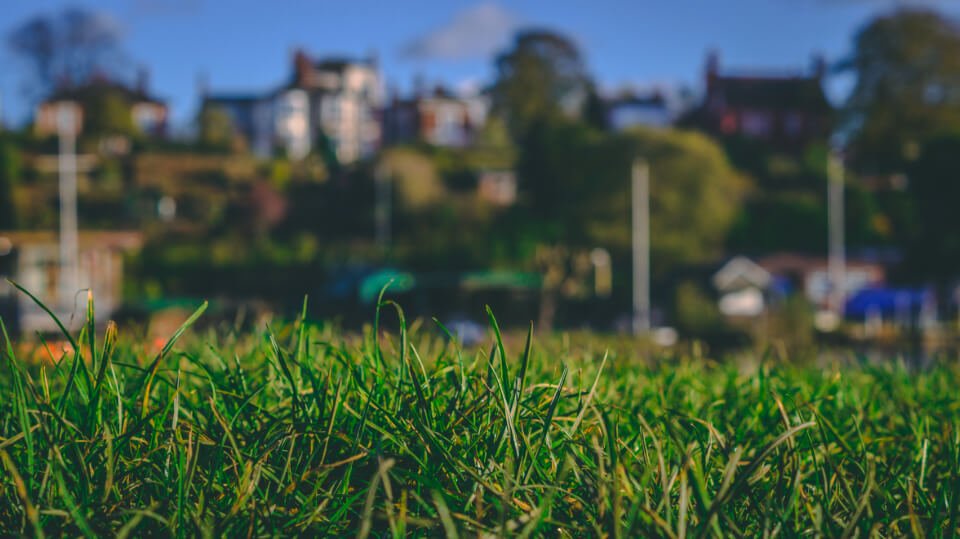Some find this hobby exciting, such as the ready produce, gorgeous flowers, and an accomplishment feeling. Still, most gardeners need help with the changing seasons. This is when panic brait comes into play. Parnik Brait, or termed a parnikbrait, to make an environment controlled for plants, can rev up your chances of success in gardening year-round.
Techniques include greenhouses, cold frames, and row covers, which will help extend the growing season and protect you against the worst climatic conditions so your yield can reach great heights.
The article discusses various ways to attain a parnik brait in your garden while ensuring your lush garden is seen at any time of the year. From selecting the right plants to learning what good soil is, this guide gives you everything you need to learn more about the maximum capabilities of your garden.
Table of Contents
What Is Parnik Brait?
Parnik brait is yet another gardening technique that creates a microclimate for plants. Techniques to form the microclimate range from greenhouses to cold frames and row covers. Essentially, Parnik Brait protects crops from harsh weather conditions such as frost, heavy rain, or hot sun while providing proper growing conditions.
Benefits of Parnik Brait
Extra Long Growing Season: One of the most exciting advantages of park brait is extending the growing season. This can begin early in the spring and finish up a week or two into fall or even winter by using greenhouses or cold frames.
Weather Protection: Parnik Brait protects your plants from harsh weather. Such protection keeps your plants from damage caused by frost, heavy rains, and powerful winds. It allows your plants to stay healthy and, hence, productive.
Improved Plant Health: The first significant advantage of a controlled environment is managing temperature, humidity, and light levels to have healthier plants. This is particularly necessary for delicate seedlings and young plants.
Greater Yield: Vigors at planting can be increased if the plants grow well. This is a perfect condition for those planning crop planting and harvesting.
Diversified plantation: By using parnikbrait, you can plant many species that otherwise would not wither away in your local environment. The plants include tropical plants, herbs, and even vegetables specific to more prominent places.
Choosing the Right Structure
When it comes to Parnik Brait, the first thing to do is create the proper form for your garden. You have many choices.
Greenhouses: A greenhouse is a permanent structure which provides your plant with a controlled environment. Green homes can be built using glass, plastic and polycarbonate. Their most obvious use is by serious gardeners who grow in huge varieties throughout the calendar year.
Cold Frames: Cold frames are small versions of greenhouses. They are cheaper and not as big.They consist of a wooden frame covered with glass or plastic. Cold frames can be put directly on the ground and are ideal for starting seedlings or protecting plants during colder months.
Row Covers Lightweight fabrics: The plants can be covered using lightweight fabrics to prevent frost and pest infestation. They can be set up quickly and combined with parnikbrait methods of other types.
Choose your plants wisely: Not all plants can be used with the parnikbrait technique. Consider the following when selecting the plants:
Hardiness Zones: Discover your hardiness zone to determine which plants need a particular climate. This way, you only cultivate plants suitable for your specific local condition.
Growth Habits: Some plants have a better indoor growth habit than others. For example, leafy greens and herbs love to be grown under cold frames, while tomatoes, peppers, and cucumbers would come alive in the greenhouse.
Companion Planting: Think about planting different plants together to save space and help them grow better. When grown together, certain plants can benefit each other, enhancing your overall garden success.
Soil Health and Fertility: Healthy soil is the key to a good garden. Here are some tips for maintaining soil health in your parnikbrait setup:
Soil Test: You would want to know your garden’s PH and nutrient levels. Conduct a soil test to calculate how you can improve these conditions for your soil.
Add natural materials to improve the soil’s quality and help it grow better plants. This will allow better water retention and make nutrient components available to the plants.
Mulching: Helps retain water in soils; it represses weeds and prevents extreme soil temperatures. Besides being organic, such as straw or woodchip mulches, they break down and contribute nutrients to the soil.
Crop rotation can also help prevent soil depletion and reduce risk vulnerability to crop diseases and insect-pest attacks. Different plant families have distinct nutrient requirements, and growing them in rotation enhances overall soil health.
Watering and Irrigation
Proper watering, of course, is an essential factor in growing a parnikbrait garden. Some guiding tips on adequate watering are:
Drip Irrigation: This involves installing a drip irrigation system. It serves to supply water to the root development zones of the plants. This method conserves water, minimizing the chance of delivering fungal diseases through overhead watering.
Watering Schedule: Maintain an heirloom schedule controlled by what your plants need and the prevalent weather conditions of that area. Watering in the morning is best because it gives plants the essential water before the day’s heat rolls in. Monitor Soil Moisture: Check the moisture level of your soils by using a moisture meter or even a finger.
Pest and Disease Management
A healthy Parnik Brait garden demands keen vigilance from pests and diseases, and here are some measures to guard your garden against them:
Integrated Pest Management (IPM): Practice IPM to integrate cultural, biological, and chemical methods to control pests. Some methods include introducing beneficial insects, using traps, and applying organic pesticides when necessary.
Regular Inspections: Regularly inspect your plants for pests or diseases because noticing them early can prevent further damage from spreading.
Sanitation: Clean up your garden by removing debris, fallen leaves from the trees, and dead plants so that your garden will not harbour diseases and pests.
Seasonal Factors: Know what the seasonal change in your place is a first to successful parnikbrait gardening, and here are some tips for each season:
Spring: Plant seeds inside or in a cold frame to begin the growing season early. When the weather gets warmer, begin getting your plants used to being outside.
Summer: Monitor for signs of heat stress on plants and water them appropriately. Shade cloths must be applied when those sensitive plants need it since the sun is strongest.
Fall: Cover your plants with row covers once the temperatures drop, or place them in a greenhouse to extend the season. Start picking the crops before it gets cold.
Winter: In the case of extremely cold, use a greenhouse or a cold frame in colder climates. Kale and spinach are some of the hardy vegetables that can tolerate winter conditions.
Conclusion: Parnik Brait
The parnikbrait technique will become part of your repertoire of skills to use in gardening and can bring with it success and reward throughout the season. You extend your growing season, protect plants during extreme weather occurrences, and improve overall plant health, whether by installing a greenhouse or using either cold frames or row covers; it all makes for undeniable Parnikbrait benefits. With careful planning, attention to soil health, and effective pest control, you will have a thriving garden no matter which season.
FAQs: Parnik Brait
What Is Parnikbrait?
Parnikbrait, or constructing a controlled environment for plants, will often require structures like greenhouses, cold frames, and row covers to protect the plants from extreme weather conditions and extend the growing season.
How Do I Extend My Growing Season By Parnikbrait?
You also can do some crop extension by sowing seeds indoors earlier in the spring and using greenhouses or cold frames to protect plants from frost in the fall.
Which Flowers Are Recommended For Parnikbrait?
Plants raised in closed environments, like tomatoes, peppers, and leafy greens, are excellent specimens for parnikbrait techniques.
How Do I Care For My Parnikbrait Garden Soil?
Maintain soil health by testing the soil, incorporating organic matter, mulching, and rotating crops.
What Measure of Pest Control Should I Adopt In a Parnikbrait Garden?
Use integrated pest management techniques, inspect often, and keep your gardens clean to prevent pests and diseases from coming in to strike your plants.







